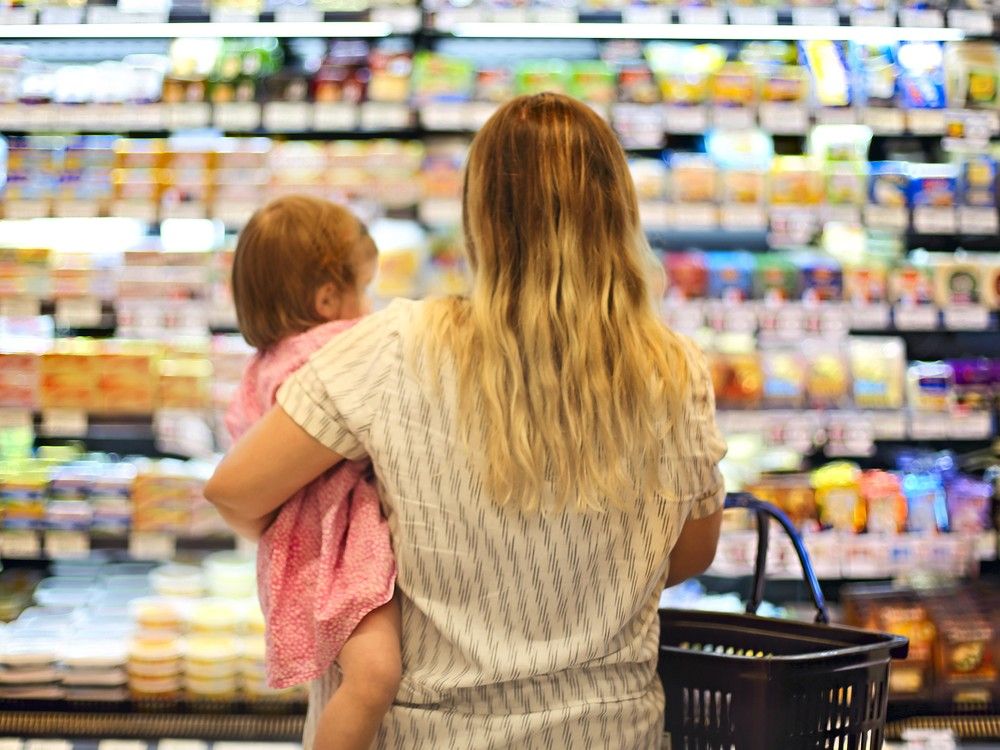
Article content “Even brief exposure to poverty at a young age can shadow a child for life,” UNICEF says in a damning 2023 report on child poverty in Canada. “Leaving children in poverty is a choice.” The report found that children have the highest rate of food insecurity — 24 per cent in 2022 — among all age groups in the country.
That’s nearly 1.8 million kids. Quebec has the lowest child poverty rate in the country, at 14 per cent, thanks to the cost of living in the province and such programs as subsidized daycare, which allows women the freedom to work.

The families least likely to have a sustainable income are single-parent homes where a woman is the head of the household, people living in Indigenous communities, racialized families and homes with disabled children. UNICEF’s 14-per-cent statistic comes despite gains made during the COVID-19 pandemic . In 2020, child poverty rates declined to half their 2015 levels, Statistics Canada numbers show.
That was thanks to an enhanced Canada Child Benefit program and pandemic relief benefits like the CERB. Direct effects of poverty in childhood, even for a brief period, include poor academic performance, poor physical and mental health caused by chronic stress, behavioural issues, social stigma and decreased future employment prospects. The economic outlook for Gen Z (between 12 and 27 years old) is bleak.
Of those already working, a whopping 51 per cent surveyed by the Léger polling firm said they are living paycheque to paycheque, and nearly that many said the rising cost of living is affecting their ability to pay bills. One wonders what will be left for Gen Alpha, the oldest of whom are 11 today. The Institut de recherche et d’informations socioéconomiques calculates a family of four living in Montreal in 2024 needs an annual income of nearly $82,000 to live above the poverty line.
For a single parent with one child in daycare, the necessary income is more than $51,000. Someone working full time at minimum wage will bring in around $20,000 less than that. Although the minimum wage is raised by a few cents every year, it’s fair to assume things won’t improve as today’s teens and tweens enter the workforce.
The amounts offered through Quebec’s social assistance program are embarrassingly low. There is no pulling up of bootstraps. The system is designed so that people living without a sustainable income have fewer options to change their situation.
Invisible “poverty taxes” include higher insurance rates, higher utility and cellphone bills — and having rental applications denied — because of no credit or bad credit, and having to pay more for groceries in food deserts. Meanwhile, community organizations pick up the slack to help children live with dignity. Food banks scramble to offer groceries.
Schools institute breakfast programs to head off empty stomachs. Charities donate backpacks full of supplies. Organizations help provide medical equipment.
Those are only the basics; communities also help provide access to camps, sports and arts programs, and safe places for youth to gather. The Canadian government needs to get its act together and institute a universal basic income that, thanks to the pandemic, has been proven to help lift children out of precarious situations. Until and unless that happens, caregivers are faced with the stomach-turning responsibility of teaching children how to survive.
Sign up for our parenting and advice newsletter at montrealgazette.com/newsletters . hjuhl@postmedia.
com.














